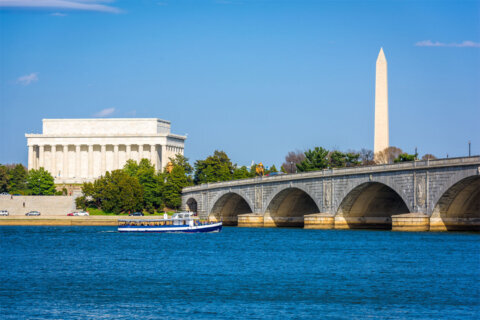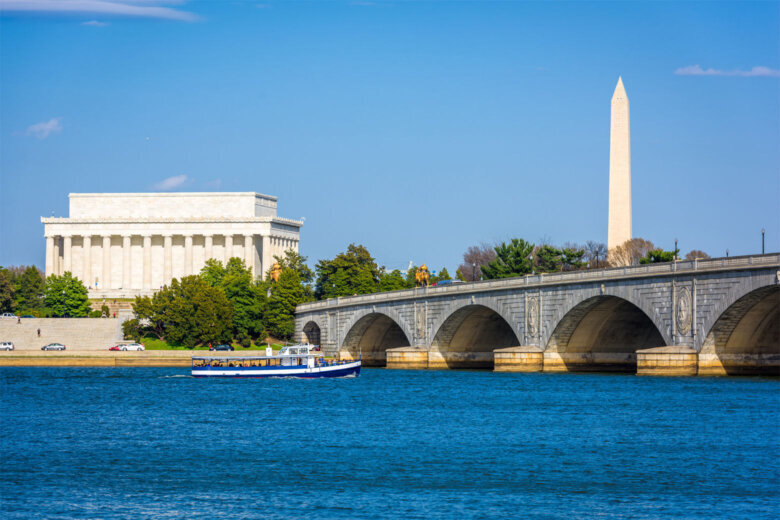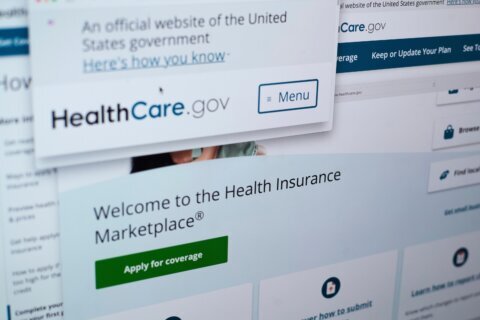
The rain the D.C. region has seen this year, which includes severe storms with flash flooding, has not solved drought conditions in the Potomac River. In fact, levels detected last week are the lowest seen since 2010 and have scientists beginning talks about whether steps should be taken to bring more water into the region.
“The river has gotten worse,” said Michael Nardolilli, executive director of the Interstate Commission on the Potomac River Basin.
The commission has scientists who monitor the water flow levels in the river and is the body that makes recommendations on whether reservoirs upstream should be used to help with low flow levels. On Friday, it instituted Drought Operations, which means more frequent reports will be made for all those involved in keeping the water supplies running and will also result in meetings about making sure, with little rain forecast, that water supplies can keep up with demand.
The Potomac River supplies 75% of the region with its drinking water. For the District and Arlington, Virginia, the river is the only source for tap water.
Nardolilli, who has lived in the region for the past five years, said the low levels are plain to see when driving over the American Legion Bridge.
“There are a lot of islands in the middle of the Potomac that I’ve never seen before,” said Nardolilli.
Nardolilli said while things are being more closely monitored, the situation is not expected to be dire this year.
“We’re not at a crisis or emergency point,” Nardolilli said.
He also said in 2010, rains arrived later in the year to ease drought concerns, and this year a similar outcome is expected.
For now, he said the commission will keep a close eye on the flow levels.
“So, we try to stay on top of the forecasts, and keep our models humming so that we can anticipate what’s going to happen in the future,” he said.
He also said part of the commission’s work is to come up with solutions that make the area more resilient, especially amid drought conditions or if the water supply was contaminated by a spill. D.C. and Arlington in particular only have a day’s worth of drinking water reserves.
“Building more storage capacity by maybe acquiring a quarry that is at the end of its useful life, building more interconnectivity between the water suppliers, building a pipe down, say, from Harpers Ferry down to our region, even doing things like reverse osmosis to take the brackish water of the Potomac and make it drinkable,” he said.
Nardolilli said climate change is having an impact on the river.
“Our models actually predict the Potomac basin is going to get hotter and wetter over time,” he said.
According to Nardolilli, while that is not necessarily a bad thing, the forecasts also call for greater swings in conditions, making drier years drier and wet years wetter, increasing the risk of flooding.









